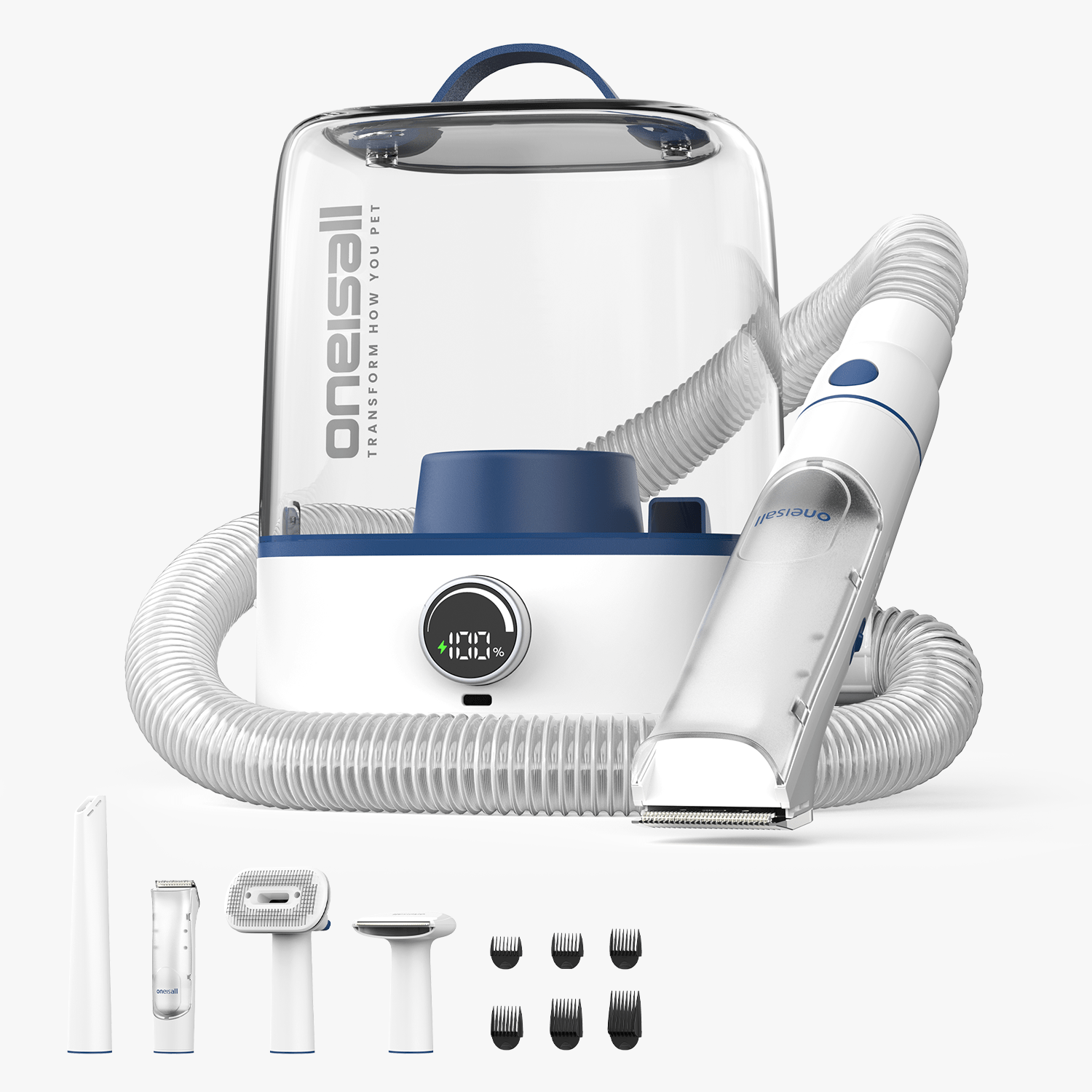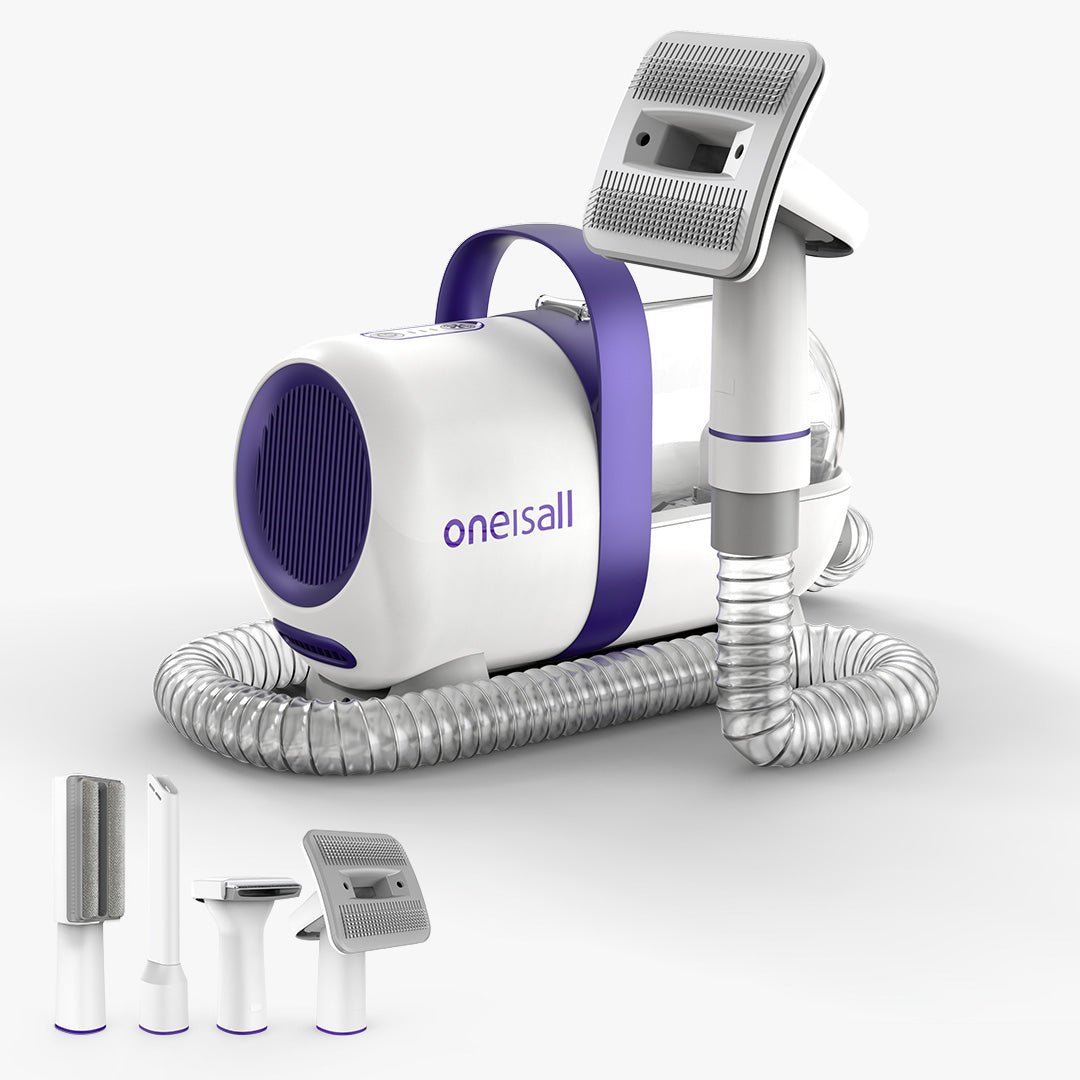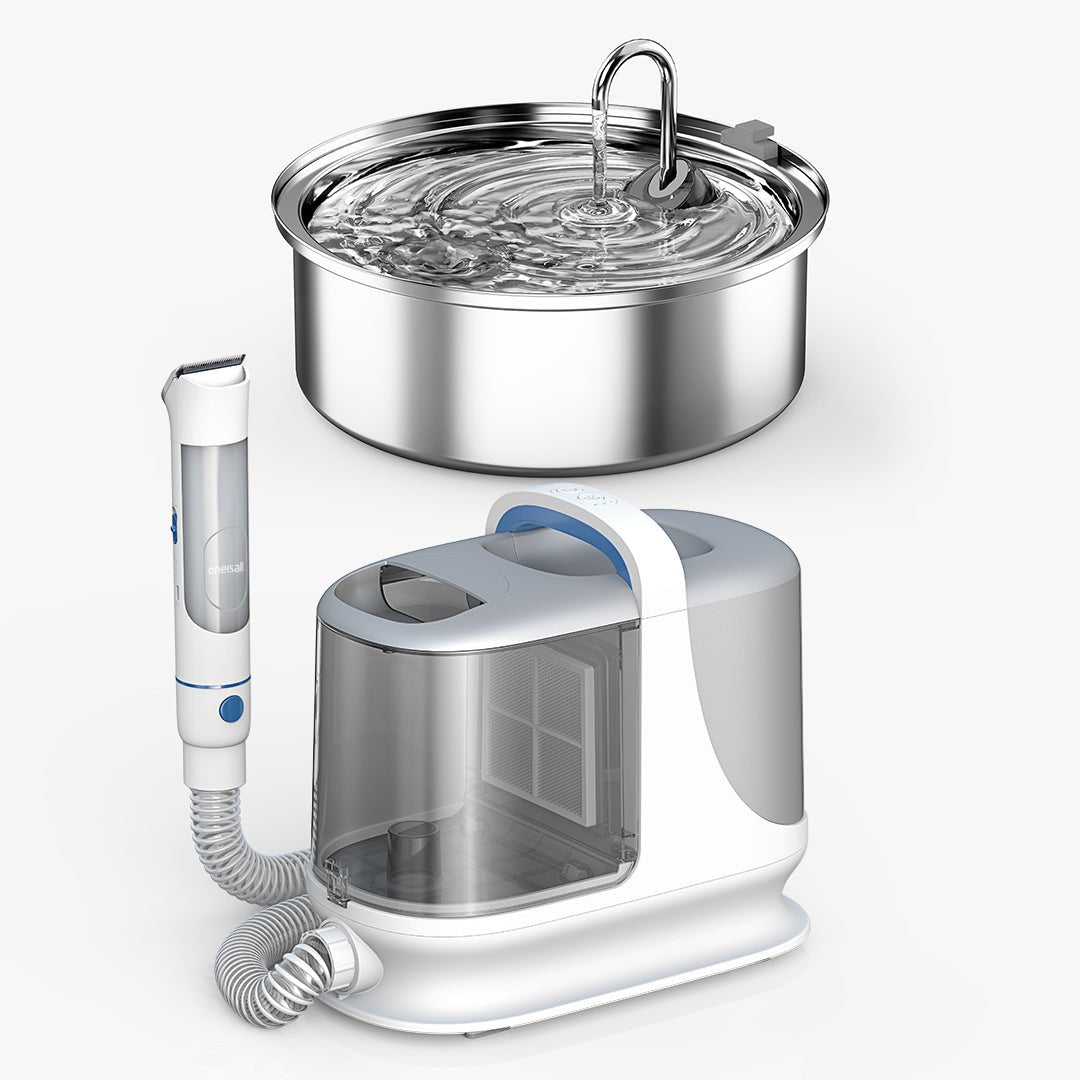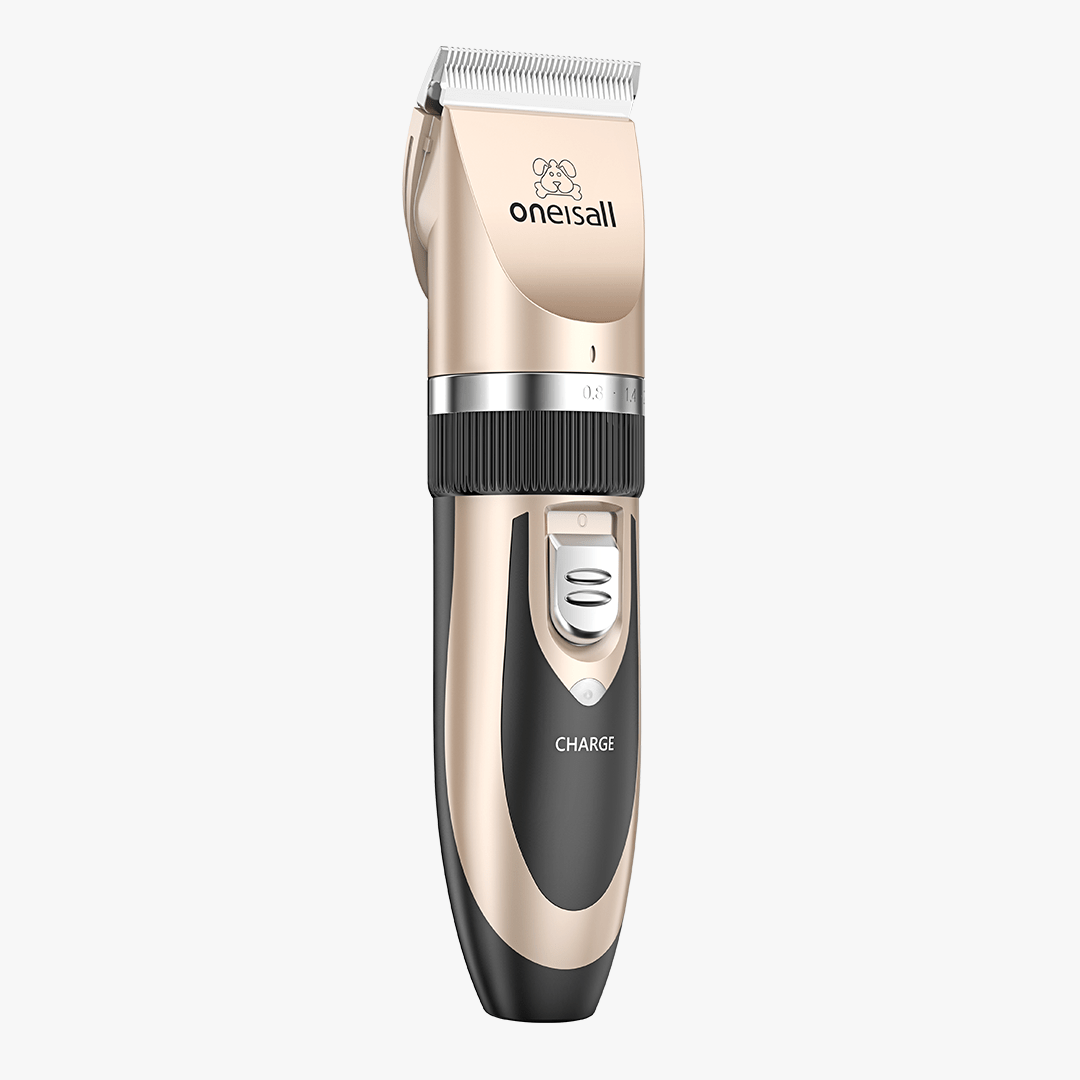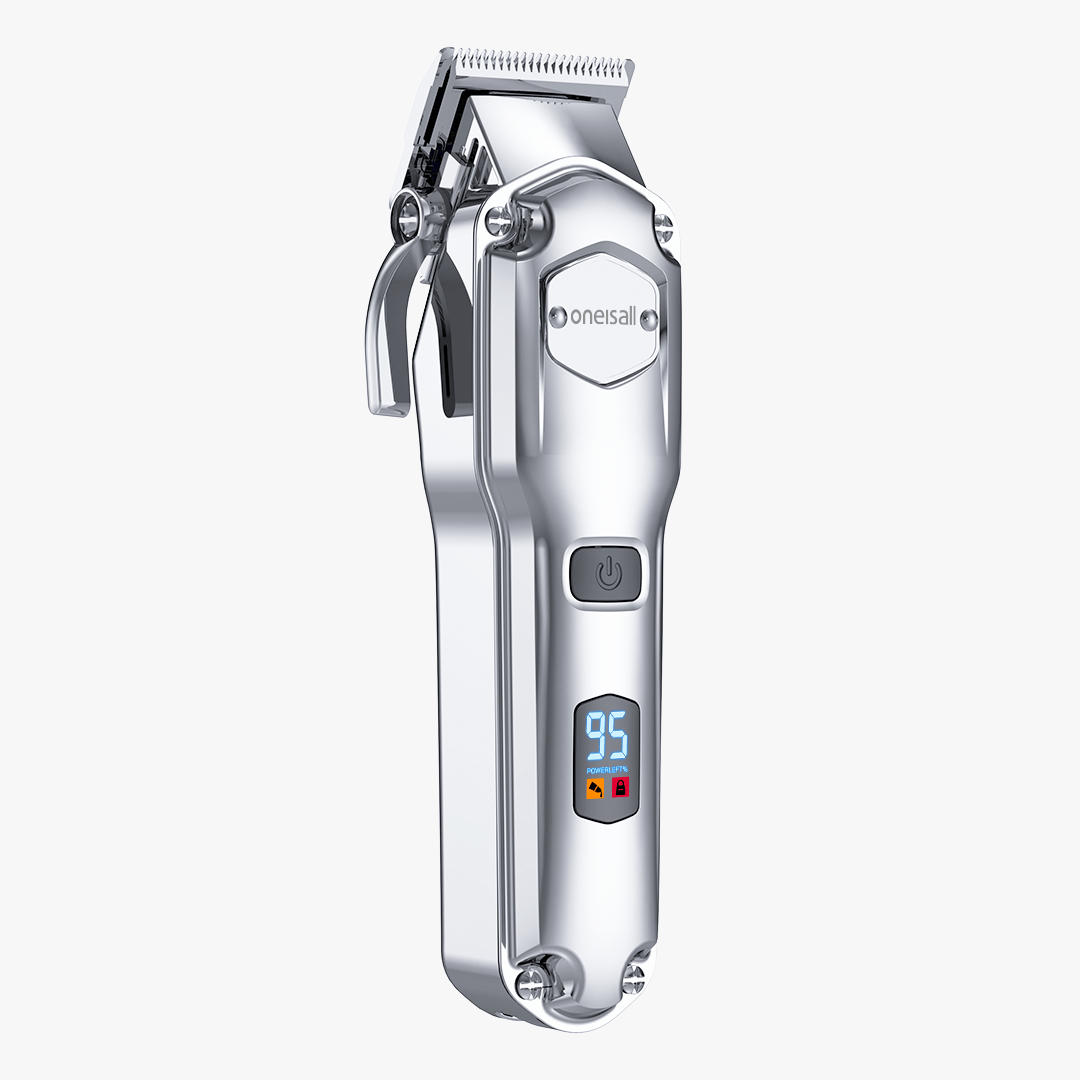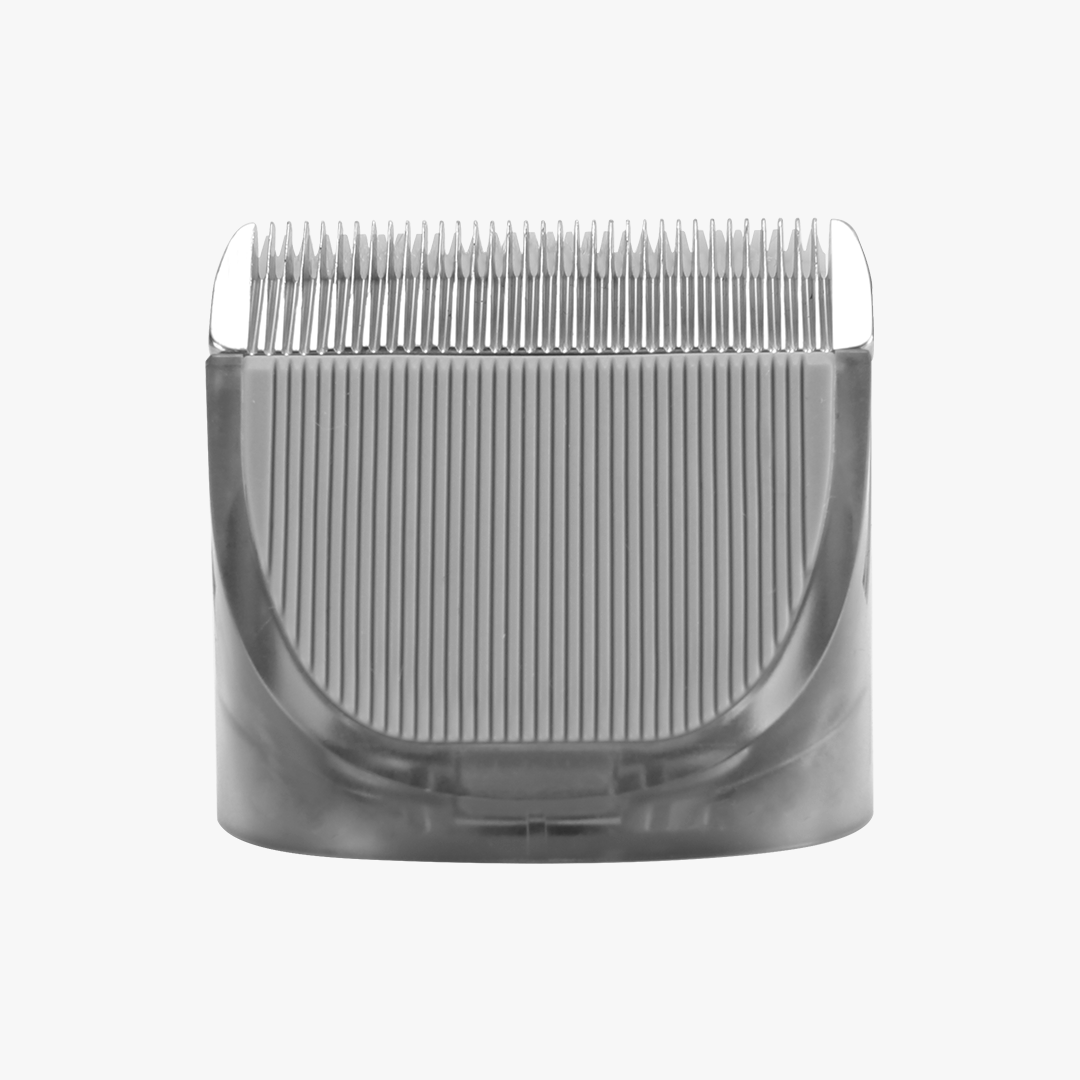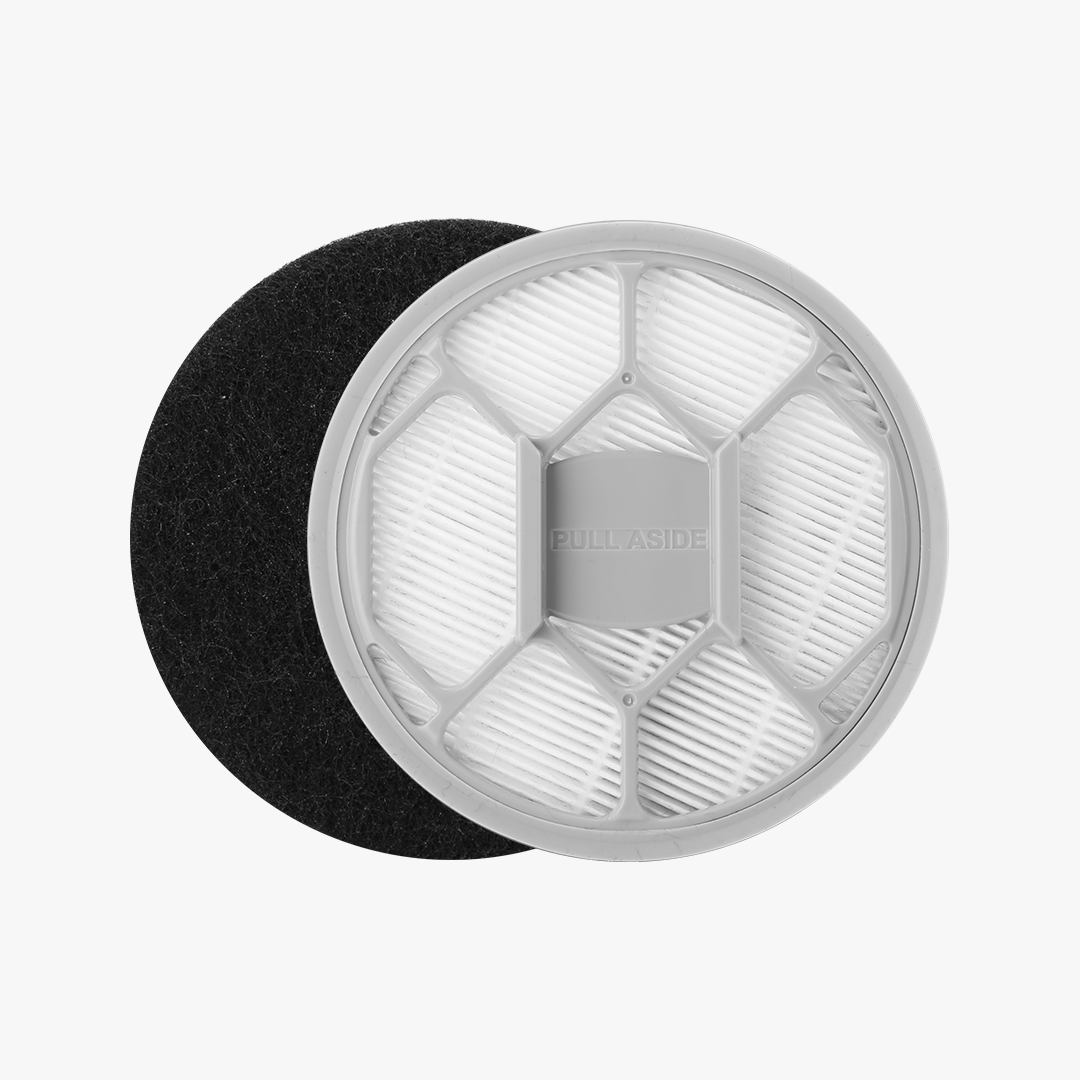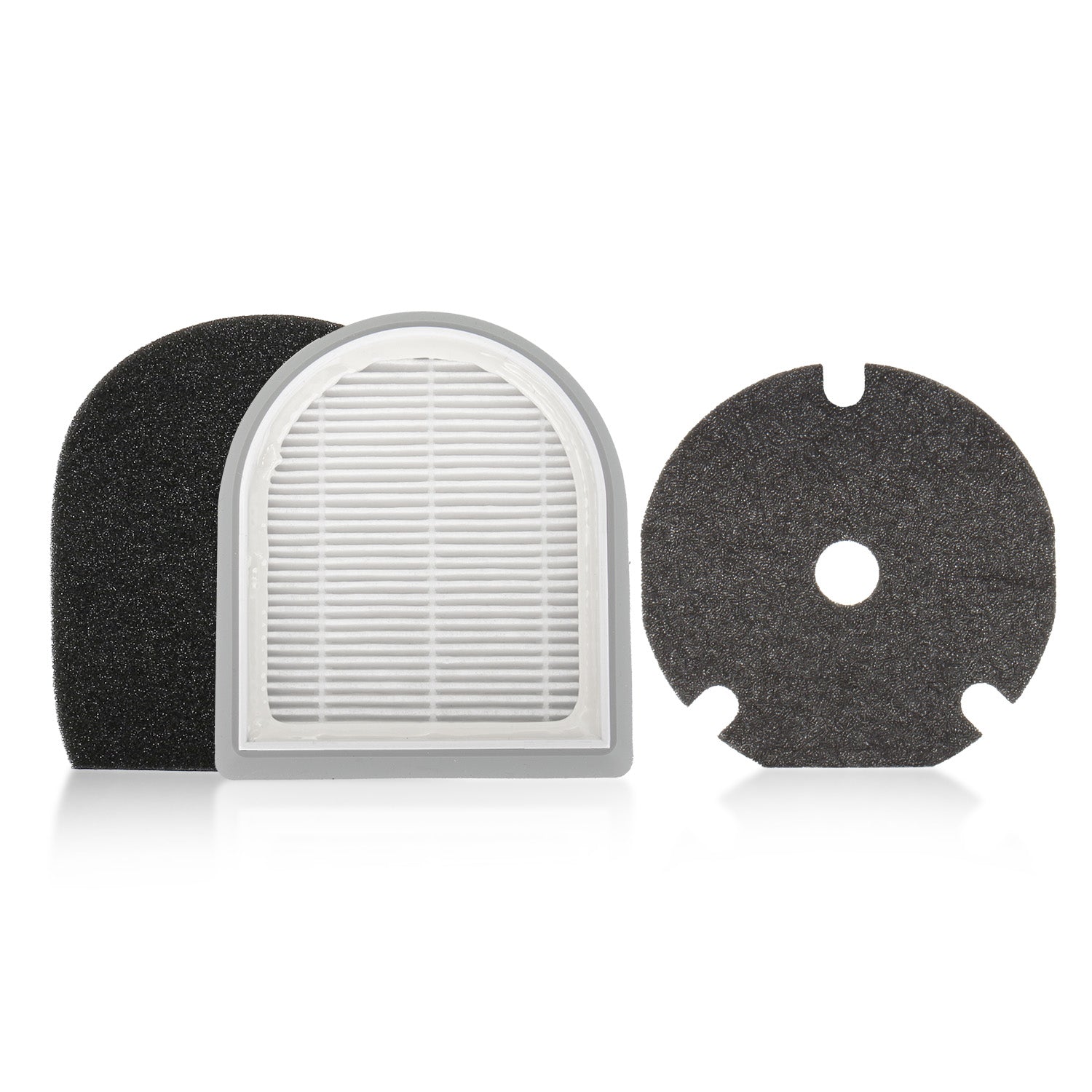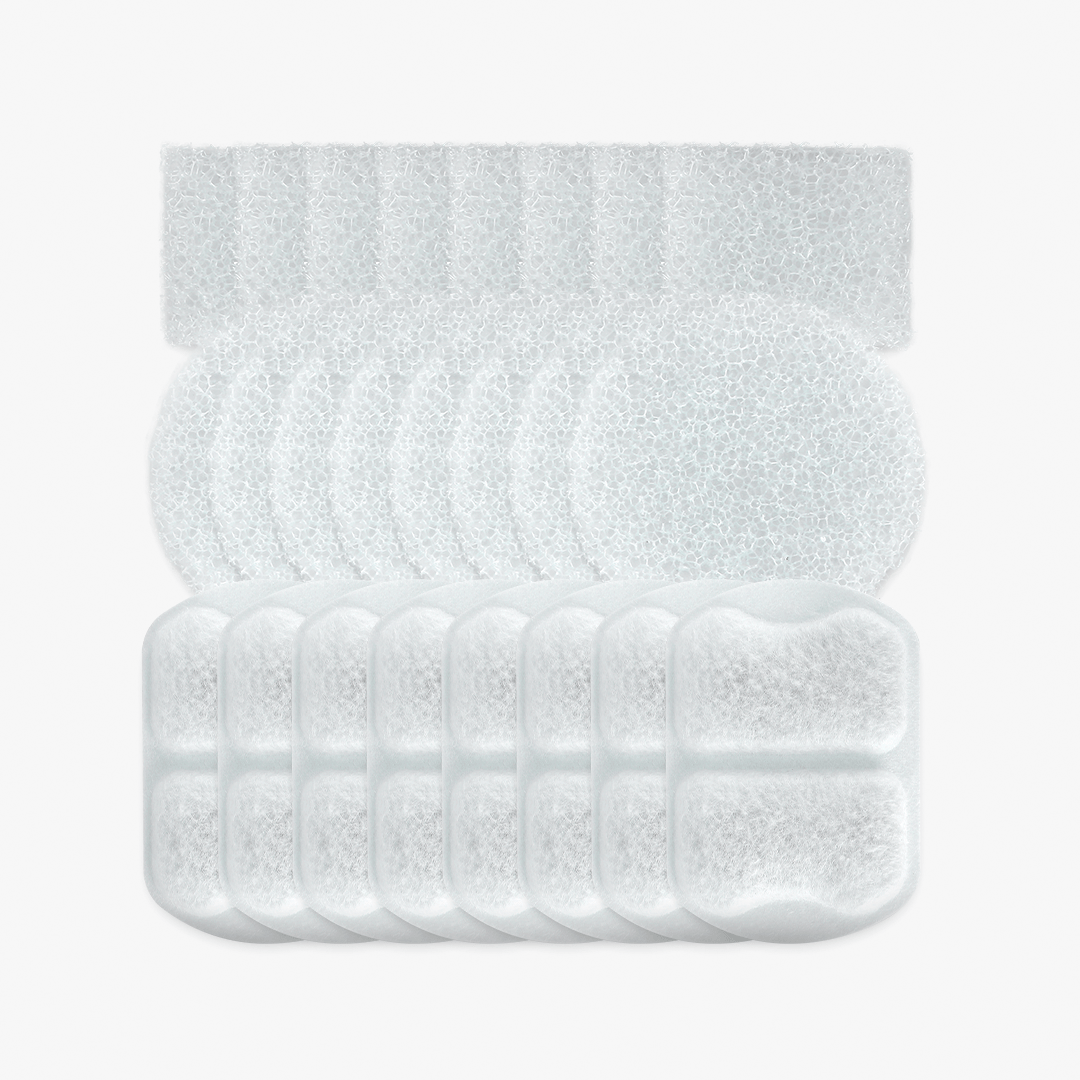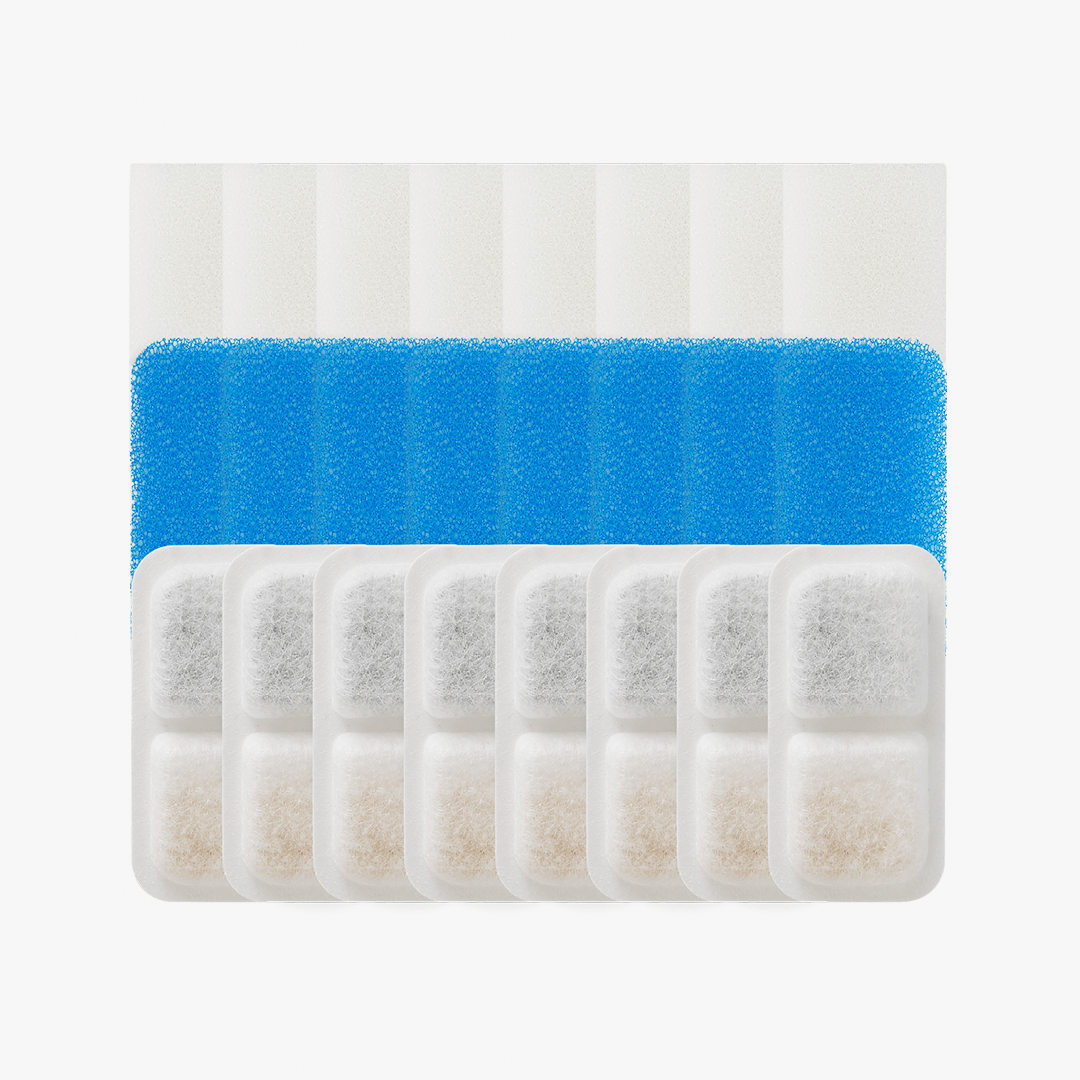How to Groom a Dog: A Handy Guide
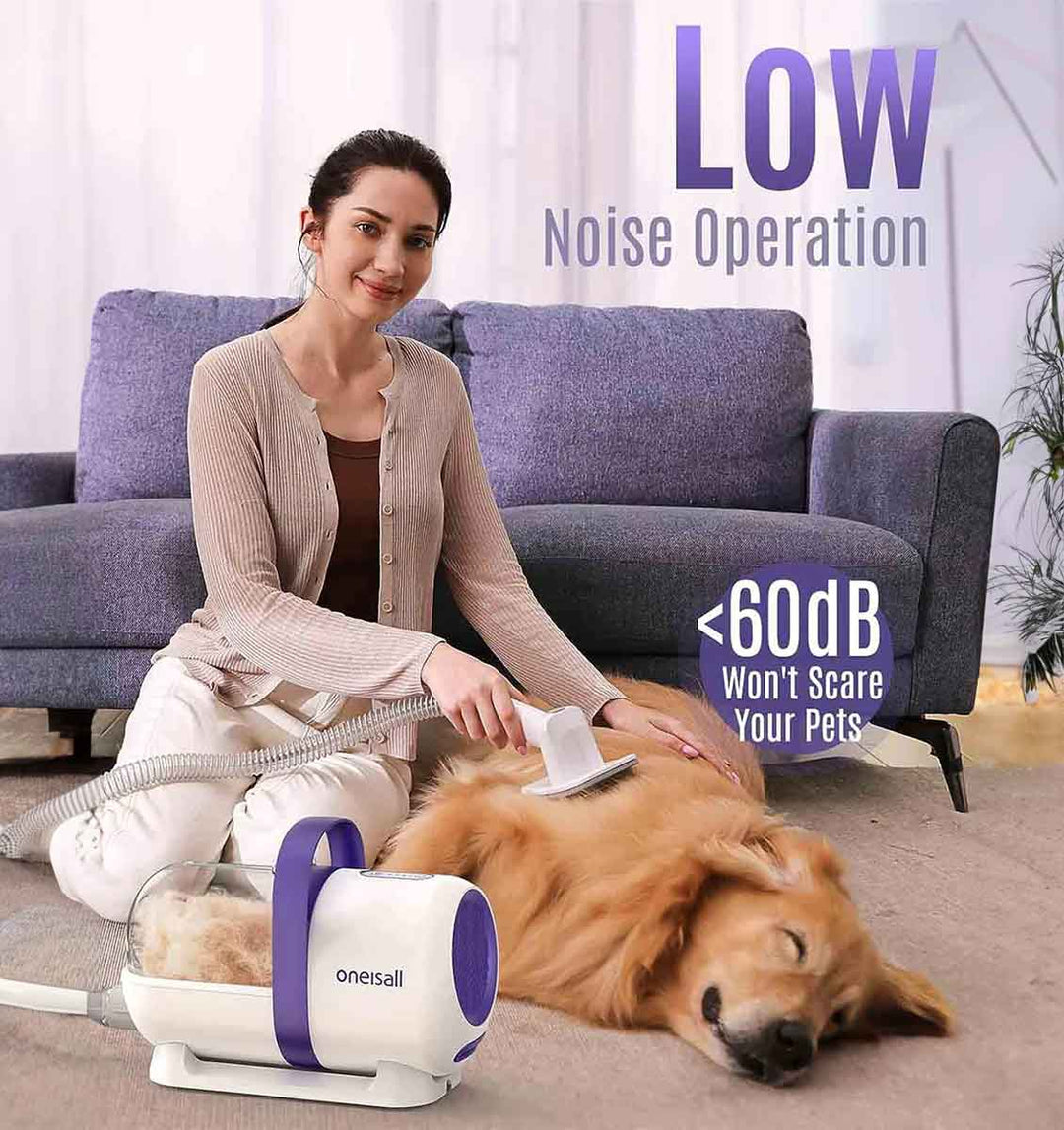
Grooming your dog can be quite a challenge at times, but it doesn’t have to be. It is a good opportunity, not only to make your pet squeaky clean but also to bond and give them a quick health check to make sure everything is all right. Here are tips for how to groom your dog.
When it comes to our canine friends, grooming is often seen as a luxury, especially if you have to rely on regular visits to a professional pet groomer. But in most cases, grooming your dog doesn’t require any special skills and can be done at home with basic "equipment". We’re not talking about hair makeovers or artistic. Just a few simple tasks that can become part of a grooming routine and will soon turn into a relaxing bonding experience for both of you.
As with anything, some pooches are happier to be groomed than others. Make sure to take it slowly, using dog training treats as a reward, in moderation. A dog is more likely to let you groom them if you start getting them used to it from an early age, a few minutes at a time at first.
Keep an eye on your pet at all times, and be sure to never put yourself in harm’s way. Even the most loving of pets have been known to nip when something takes them by surprise.
Before we give you all the easy tips on how to groom a dog at home, here is why regular grooming shouldn’t be seen as a dog extravaganza, but a necessary part of a happy, healthy life.
The benefits of dog grooming
There are quite a few good reasons to learn how to groom a dog at home. Here are the benefits of grooming:
- Maintains a healthy skin and coat
- Helps detect unusual lumps or scratches
- Gets the dog more used to handling which can reduce stress of vet visits
- Boosts dog-owner bonding
- Removes dead skin
- Removes dirt
- Helps to spot and remove burs or grass seeds
- Quicker to notice pesky ticks
- Improves circulation
- Less shedding
- Makes your dog look extra pretty!
How often should you groom your dog?
Your dog's breed is usually a good hint. Long-haired dogs such as Yorkshire Terriers or Bearded Collies will need daily brushing to avoid painful mats from forming.
Breeds with shorter coats can get away with just a brush a week. Nail clipping and bathing are more "as and when required" activities, but be aware that overgrown nails can cause infections and affect your dog’s walking, so make sure you check them regularly.
How to groom a dog?
1. Brushing Your Dog's Coat
Choose the Right Brush: Different coats require different brushes. Bristle brushes work for short-haired breeds, while slicker brushes are better for longer coats.
Frequency: Brush your dog regularly, at least a few times a week. Breeds with longer or thicker coats may need daily brushing to prevent mats and tangles.
Technique: Brush gently in the direction of hair growth. Take your time and be gentle, especially around sensitive areas.
2. Bathing Your Dog
Frequency: Bathing frequency depends on the breed and activities. Generally, every 4-8 weeks is suitable for most dogs. Over-bathing can strip their skin of natural oils, so be mindful.
Use Dog-Specific Shampoo: Human shampoo can be harsh on a dog's skin. Use a shampoo specifically formulated for dogs.
Water Temperature: Use lukewarm water to avoid shocking your dog. Ensure you rinse thoroughly to prevent skin irritation.
3. Trimming Nails
Timing: Trim your dog's nails every 3-4 weeks, or when you hear clicking on hard surfaces.
Tools: Use proper nail clippers designed for dogs. Be cautious not to cut too close to the quick, which can cause bleeding and pain.
Technique: Cut a little at a time, aiming to keep the nails just above the quick, which is the pink part in the center of the nail.
4. Cleaning Ears and Eyes
Ear Cleaning: Use a vet-approved ear cleaner and cotton balls to gently clean the visible parts of your dog's ears. Avoid inserting anything deep into the ear canal.
Eye Cleaning: Wipe the corners of your dog's eyes with a damp, clean cloth. Consult a vet if you notice excessive tearing or discharge.
5. Brushing Teeth
Use Dog Toothpaste: Human toothpaste can be harmful to dogs. Use a toothbrush and toothpaste specifically formulated for dogs.
Start Slowly: Begin by letting your dog taste the toothpaste. Gradually introduce brushing with positive reinforcement.
6. Professional Grooming
Consider Professional Help: Some dogs may need professional grooming for haircuts, especially long-haired breeds. Professional groomers can also provide expertise on specific grooming needs.
7. Stay Attentive to Your Dog's Reactions
Observe Your Dog: Pay attention to any signs of discomfort or stress during grooming. If your dog is anxious, take breaks and try to make grooming a positive experience.
Conclusion
Grooming your dog is an essential part of responsible pet ownership. It not only keeps them looking good but also contributes to their overall health and happiness. Establish a grooming routine that works for both you and your dog, and always prioritize their comfort and well-being throughout the process. Remember, a little grooming goes a long way in keeping your furry friend healthy and happy!







